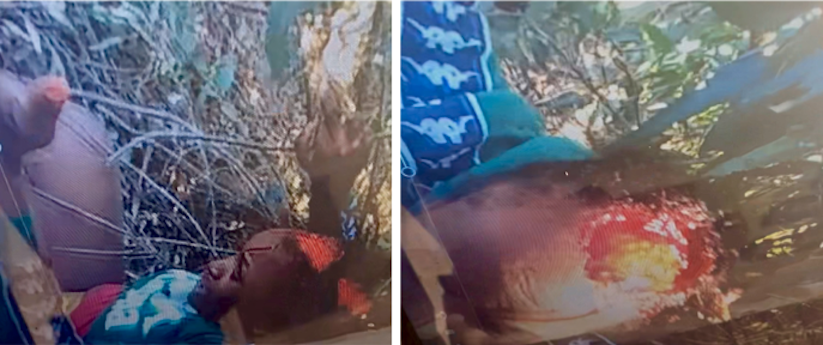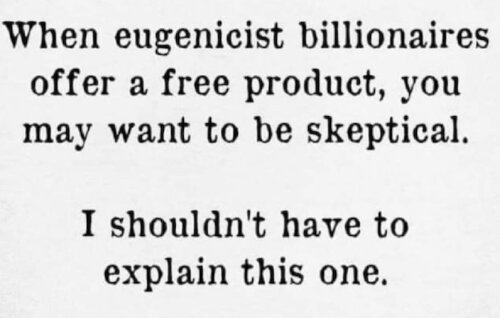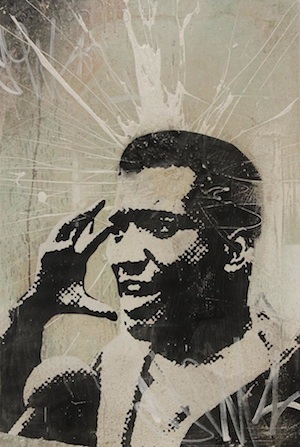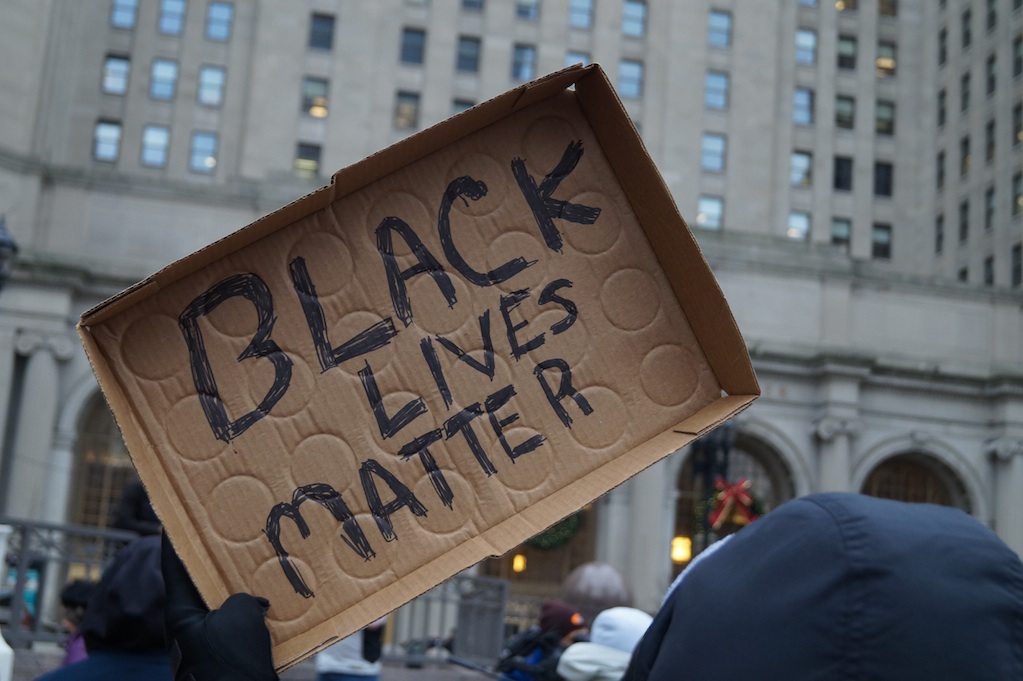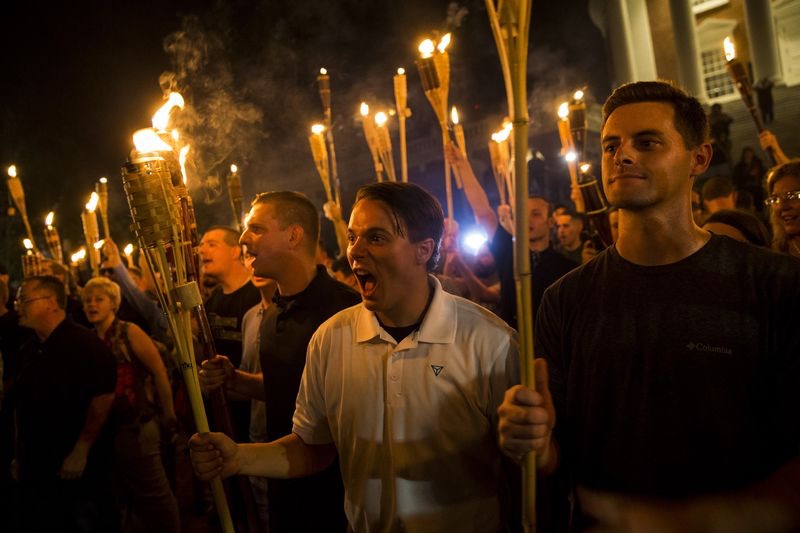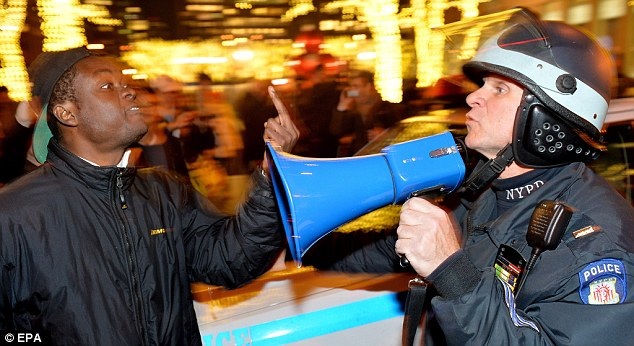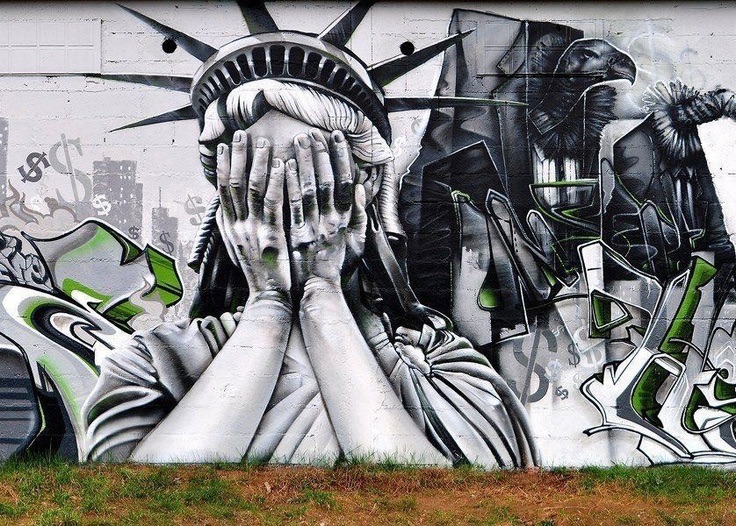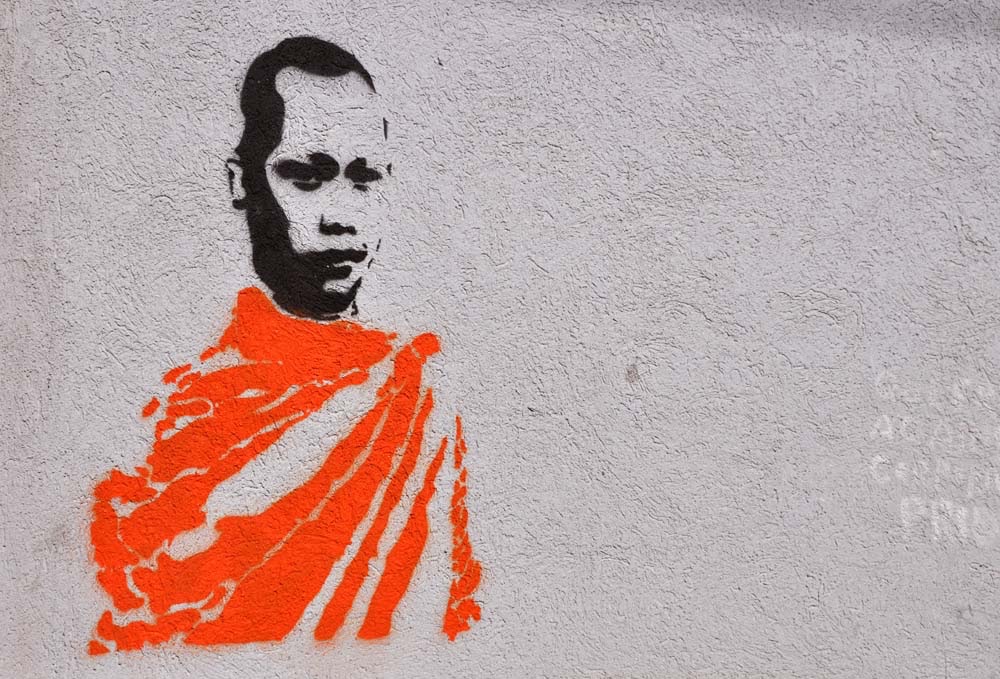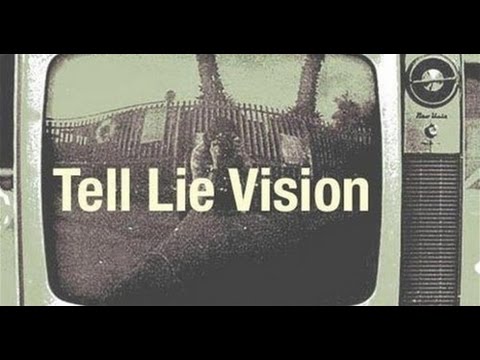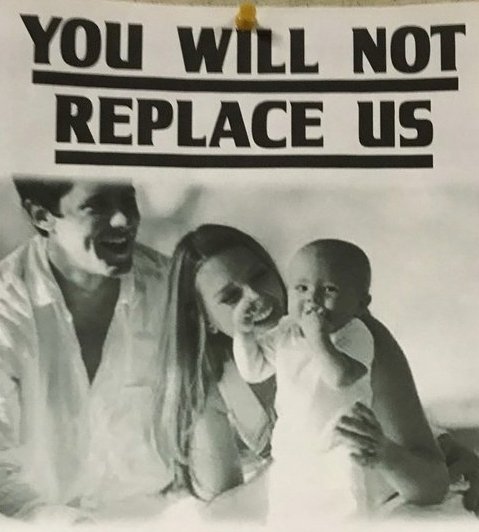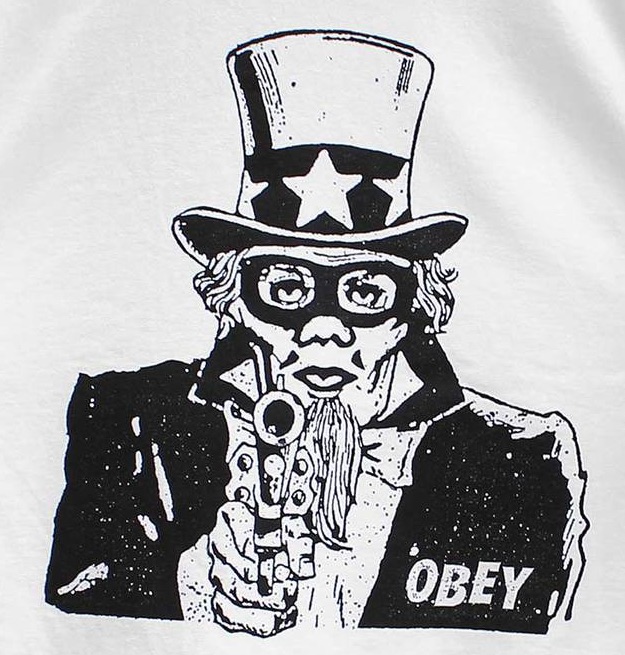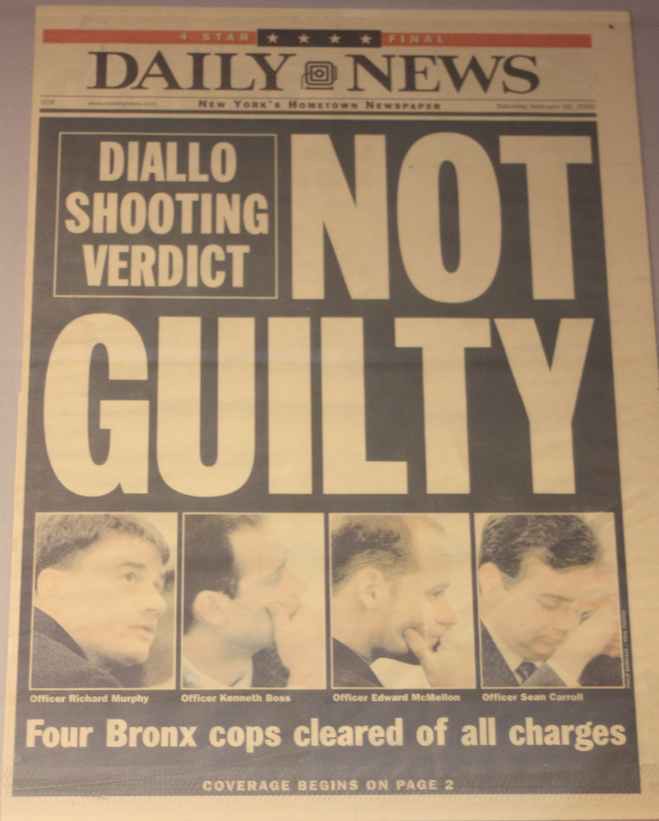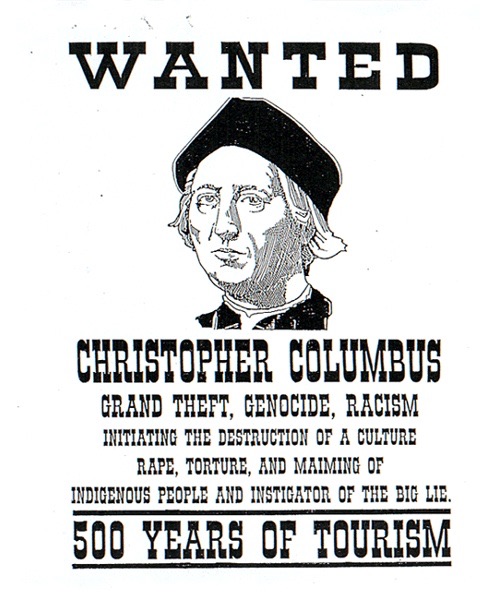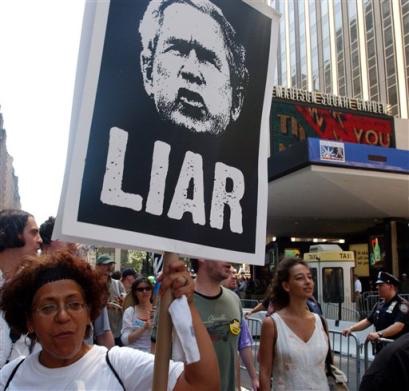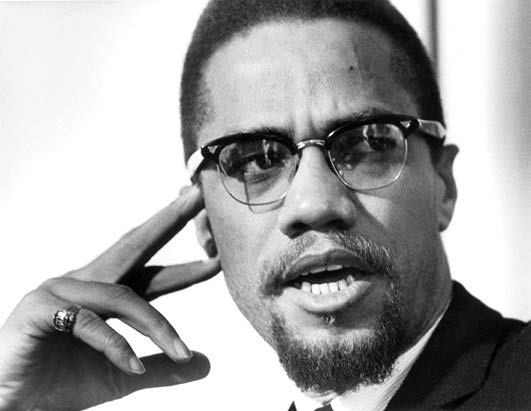9th Circuit Court Rules that Laws Prohibiting People w/Non-Violent Convictions from Possessing Guns Violate the 2nd Amendment b/c People Have The Right to Carry Arms in Public for Self-Defense
/From [HERE] Yesterday, in United States v. Duarte, No. 22-50048 (9th Cir. May 9, 2024) (available here(link is external)), a split panel of the United States Court of Appeals for the Ninth Circuit held that under New York State Rifle & Pistol Ass’n v. Bruen, 597 U.S. 1 (2022), § 922(g)(1) violates the Second Amendment as applied to Duarte, a non-violent offender who has served his time in prison and reentered society. The opinion, written by Judge Bea and joined by Judge VanDyke, begins:
18 U.S.C. § 922(g)(1) makes it a crime for any person to possess a firearm if he has been convicted of an offense “punishable by imprisonment for a term exceeding one year.” Steven Duarte, who has five prior non-violent state criminal convictions—all punishable for more than a year— was charged and convicted under § 922(g)(1) after police saw him toss a handgun out of the window of a moving car. Duarte now challenges the constitutionality of his conviction. He argues that, under the Supreme Court’s recent decision in New York State Rifle & Pistol Ass’n v. Bruen, 597 U.S. 1 (2022), § 922(g)(1) violates the Second Amendment as applied to him, a non-violent offender who has served his time in prison and reentered society. We agree.
****
At step one of Bruen, we easily conclude that Duarte’s weapon, a handgun, is an “arm” within the meaning of the Second Amendment’s text and that Duarte’s “proposed course of conduct—carrying [a] handgun[] publicly for selfdefense”— falls within the Second Amendment’s plain language, two points the Government never disputes. Bruen, 597 U.S. at 32. The Government argues only that “the people” in the Second Amendment excludes felons like Duarte because they are not members of the “virtuous” citizenry. We do not share that view. Bruen and Heller foreclose that argument because both recognized the “strong presumption” that the text of the Second Amendment confers an individual right to keep and bear arms that belongs to “all Americans,” not an “unspecified subset.”Bruen, 597 U.S. at 70 (quoting District of Columbia v. Heller, 554 U.S. 570, 581 (2008)). Our own analysis of the Second Amendment’s publicly understood meaning also confirms that the right to keep and bear arms was every citizen’s fundamental right. Because Duarte is an American citizen, he is “part of ‘the people’ whom the Second Amendment protects.” Bruen, 597 U.S. at 32.
At Bruen’s second step, we conclude that the Government has failed to prove that § 922(g)(1)’s categorical prohibition, as applied to Duarte, “is part of the historical tradition that delimits the outer bounds of the” Second Amendment right. Bruen, 597 U.S. at 19. The Government put forward no “well-established and representative historical analogue” that “impose[d] a comparable burden on the right of armed self-defense” that was “comparably justified” as compared to § 922(g)(1)’s sweeping, no-exception, lifelong ban. Id. at 29, 30. We therefore vacate Duarte’s conviction and reverse the district court’s judgment entering the same.
Judge Smith's dissent starts this way:
Whether felons have a Second Amendment right to bear arms is settled in our circuit. They do not. United States v. Vongxay, 594 F.3d 1111, 1115 (9th Cir. 2010). Until an intervening higher authority that is clearly irreconcilable with Vongxay is handed down, we, as a three-judge panel, are bound by that decision. See Miller v. Gammie, 335 F.3d 889, 893 (9th Cir. 2003).
The Supreme Court’s decision in New York State Rifle & Pistol Ass’n, Inc. v. Bruen, 597 U.S. 1 (2022), did not overrule Vongxay. Instead, Bruen reiterates that the Second Amendment right belongs only to law-abiding citizens. Duarte’s Second Amendment challenge to 18 U.S.C. § 922(g)(1), as applied to nonviolent offenders, is therefore foreclosed. Accordingly, I respectfully dissent.






